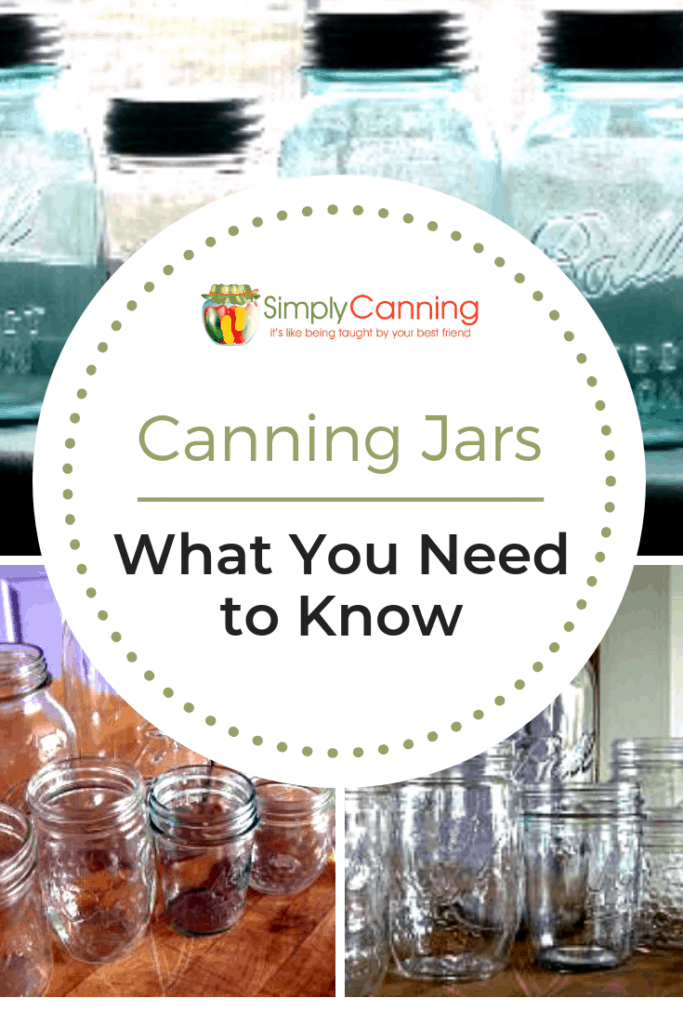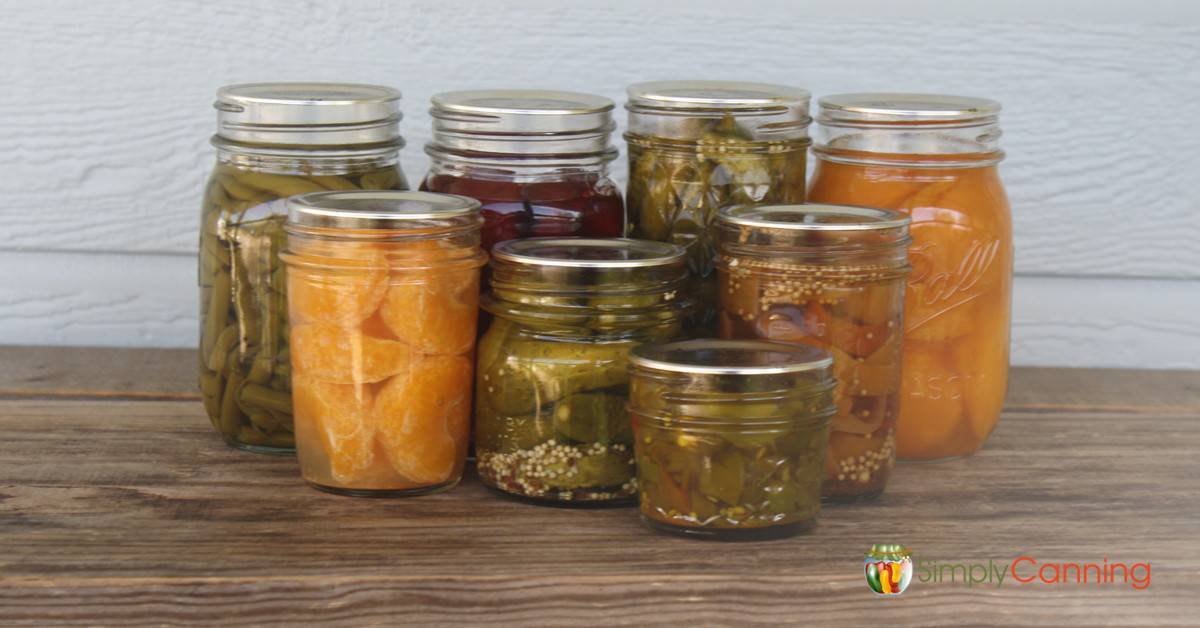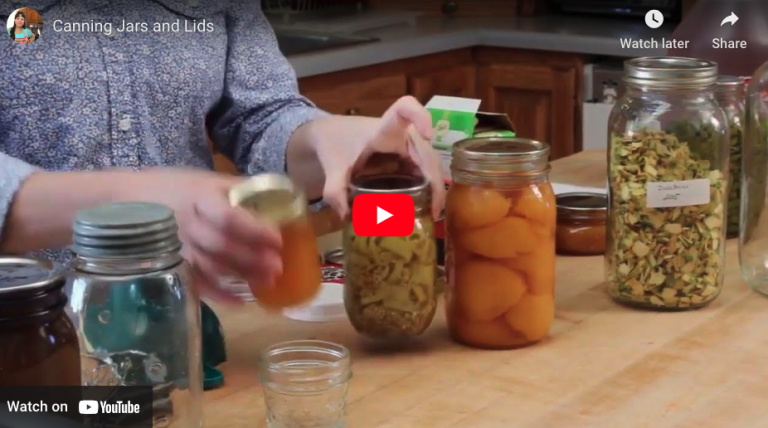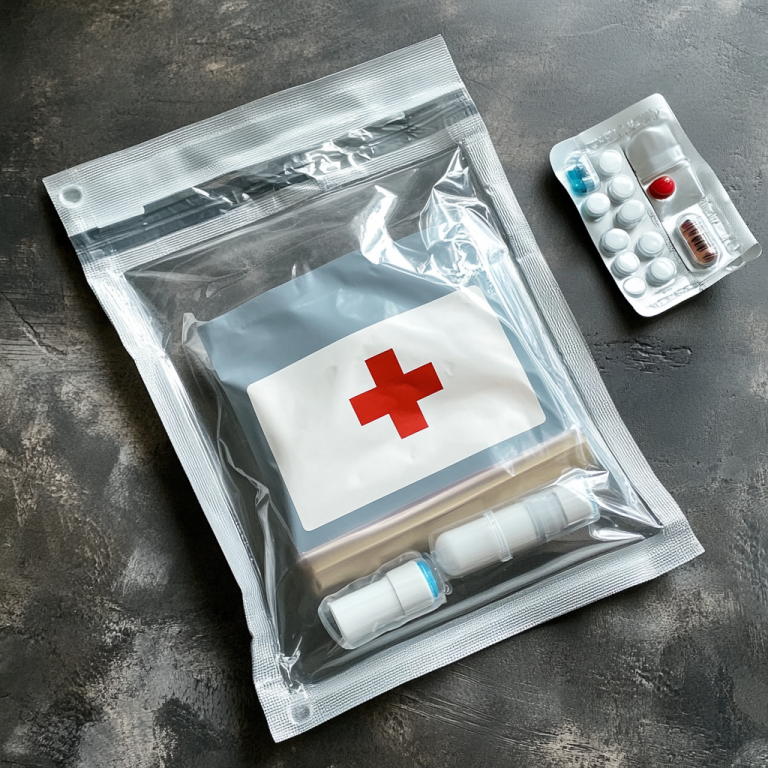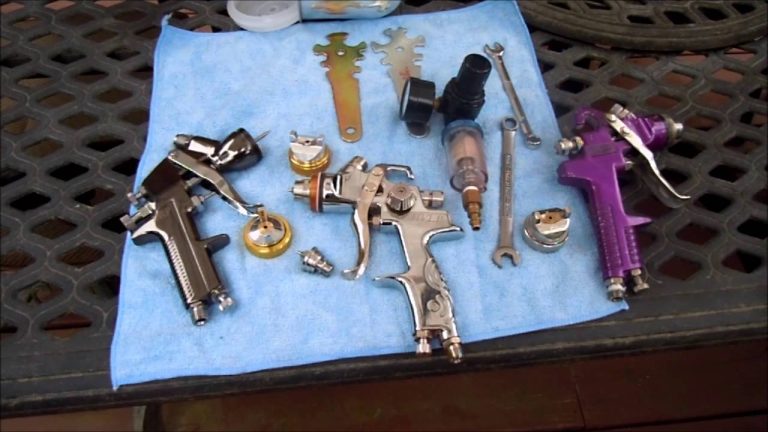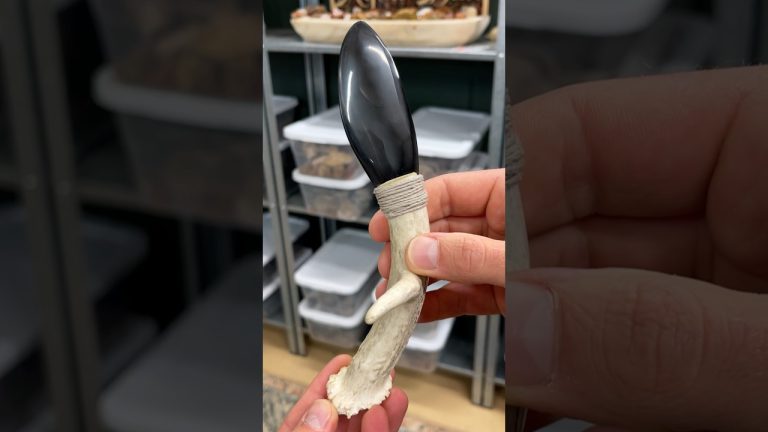Canning Jars. A simple topic but you’d be suprised how many questions there are. In this beginner-friendly article, you’ll learn about various canning jar sizes, from those adorable half-pint jars perfect for jams to the larger quart-sized and half gallon jars. . You’ll also learn about wide mouth versus regular mouth, get introduced to some trusted canning jar brands. Find answers to common questions about reusing jars, troubleshooting seal failures, and keeping canning jars hot during the process.
Canning jars are quite simple in their purpose. Sometimes called mason jars, they are simply sturdy glass jars designed for use in your canner to preserve various foods.
canning jar sizes
Canning jars come in many different sizes. The most commonly used are half pint, pint and Quarts. But there are other options too.
Think about what you are canning and how much you’d usually use in a meal. For instance When my 4 sons were home I used to always use quarts for fruit and vegetables, and pints for things like jam. Now that is just my husband and myself we use pints for the most part. And jam goes in smaller half pint jars.
- Half-Pint (4 oz): These small jars are often used for jams, jellies, and sample-sized preserves. There are really cute decorator jars in this size.
- Pint (16 oz): Pint jars are versatile and suitable for a wide range of preserved foods like fruits, pickles, salsas, and sauces. These are a great size for smaller families.
- Pint-and-a-Half (24 oz): These larger pint-and-a-half jars are great for larger quantities of fruits or sauces. These are the straight sided jars.
- Quart (32 oz): Quart jars are commonly used for vegetables, fruits, and larger batches of sauces.
- Half-Gallon (64 oz): These are larger jars ideal for storing apple or grape juice. They are no longer recommended for other fruits and vegetables. But you can sure use them for other storage. I use them on a regular basis for beans, pasta and other items.
- Gallon (128 oz): Gallon-sized jars are not used for canning due to their size. They are mainly used for bulk storage. I wouldn’t really even call them canning jars. But there are some commercially canned items that come in gallon jars.
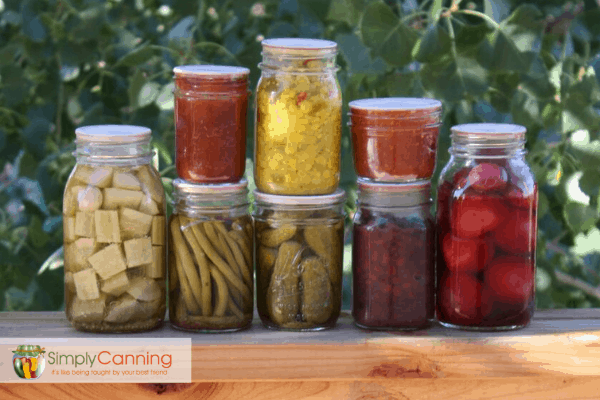
I want to mention again that you only use the 1/2 gallon sizes for canning juice (apple juice or grape juice). There are no tested recipes for any other food in the half gallon jars.
They used to be more commonly used, but there are no recipes out there that are tested as to how long you should process for shelf storage and whether it gets heated through or not. Half-gallon jars also come in wide- and regular-mouth designs. I thoroughly enjoy mine for food storage purposes.
There are also smaller decorator jelly jars, including odd-shaped jars, and small ounce sizes. These work well for relishes, jams, and jellies. (I use embossed jars for jams/jellies that I’m giving as gifts.)
I hardly can anything in the tiniest jars, except apple butter, since I’m the only one in my house who likes apple butter! You could also can baby food or make wedding favors using smaller jars.
Mouth Openings
The opening of the canning jar is called the “mouth.”
Canning jars come in two main mouth sizes: regular and wide mouth. Regular mouth jars typically have a mouth diameter of approximately 2.75 inches, while wide mouth jars are 3 inches. These are standard between manufacturers. Canning lids come in the same sizes to be used with multiple brands.
There is also a mouth size called ‘narrow’. It is also called Gem jars. This refers to the mouth size. It is actually between a wide and regular. It is not common any more but if you’ve got a vintage jar that just doesn’t seem to fit normal canning lids, you might have a Gem jar.
Sometimes people interchange the terms regular and narrow mouth.
Pros and Cons of Wide Mouth vs Regular
Wide mouth jars make your life easier when you’re canning meat because they’re easier to clean. The wider opening provides better access for washing. Meat tends to leave a residue that is hard to clean. I always have to clean these by hand, the dishwasher doesn’t cut it.
If you are canning items like peach halves, wide mouth jars give you the space you need to arrange them neatly. I like to stack peach halves cavity side down.
On the flip side, narrow mouth jars are often cheaper upfront, and you can find more affordable lids for them. So, it really depends on your specific canning needs and budget when choosing between these two mouth sizes. It’s a personal choice, as they can be used interchangeably.
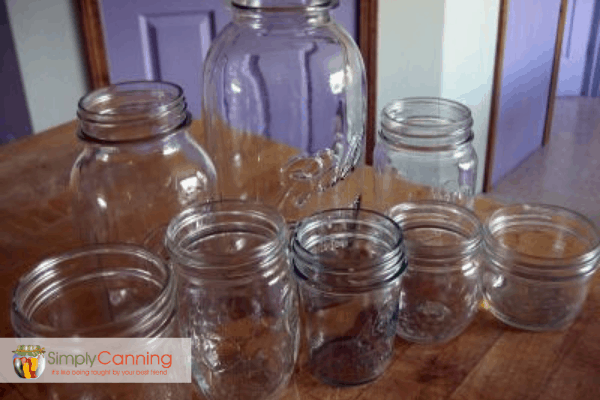
Personally, I use wide-mouth jars when canning meat, because it’s easier to clean wide-mouth jars after removing the food. (Meat leaves a residue inside the jar that dishwashers can’t remove.) I also use wide-mouths for canning peaches. When canning peaches, you’re arranging the peaches cavity-side down, and it’s easier to arrange fruit in wide-mouth jars.
Brands of Canning Jars
- Ball: Ball is one of the most recognized brands in the canning industry. They offer a wide range of canning jars in various sizes, as well as accessories like lids, bands, and canning equipment. Ball canning jars are known for their quality and are a popular choice among home canners.
- Kerr: Kerr is another reputable brand that produces canning jars and related products. They offer a variety of jar sizes and accessories. Kerr jars are similar in quality to Ball jars and are often used interchangeably.
- Bernardin: Bernardin is a Canadian brand known for its canning jars and supplies. They offer jars in various sizes and are widely used in Canada and other parts of the world.
- Golden Harvest: Golden Harvest is another brand that produces canning jars, although it may be less commonly found compared to Ball or Kerr jars.
- Anchor Hocking: Anchor Hocking is known for its glassware, including canning jars. I’ve got some small 1/2 pint Anchor Hocking jars that have a squarish shape. I love them for jam and jellies. They actually feel like a heavier glass than Ball or Kerr jars. (I haven’t measured them or weighed them to know exactly.) I really like the jars.
Can you Reuse Mayonnaise or Pickle Jars from the Store?
According to the National Center for Home Food Preservation, you can use recycled jars like old mayonnaise-type jars or pickle jars from the store. One of the issues is that recycled jars will have a narrower sealing surface. You are better off going with actual canning jars.
Don’t use them in a pressure canner, but it’s possible to use them in a water bath, though you can expect a higher failure rate. Because of that, I agree that you’re better off getting canning jars.
Top 10 Reasons Why Your Canning Jars Did Not Seal
This video series is all about figuring out what might be the problem. I’ve got 4 videos with 10 reasons your canning jar lids may not seal. Canning mistakes you may have made to cause seal failure.
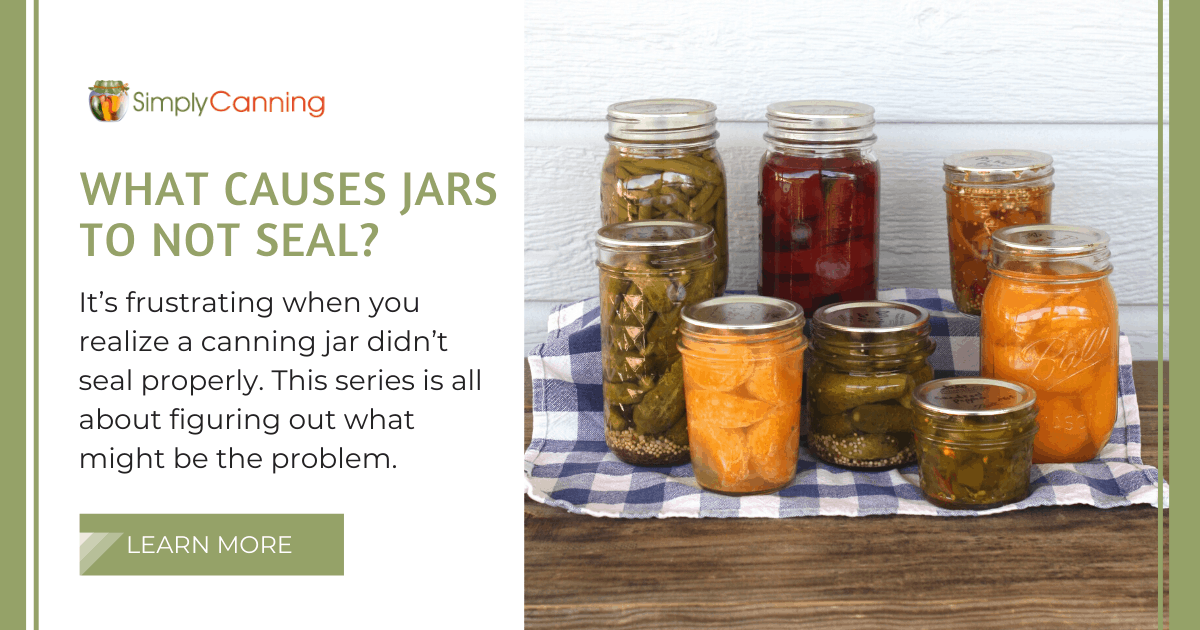
Ever asked yourself, “Why are my canning jars not sealing?” One possibility is that you have issues with your canning jars.
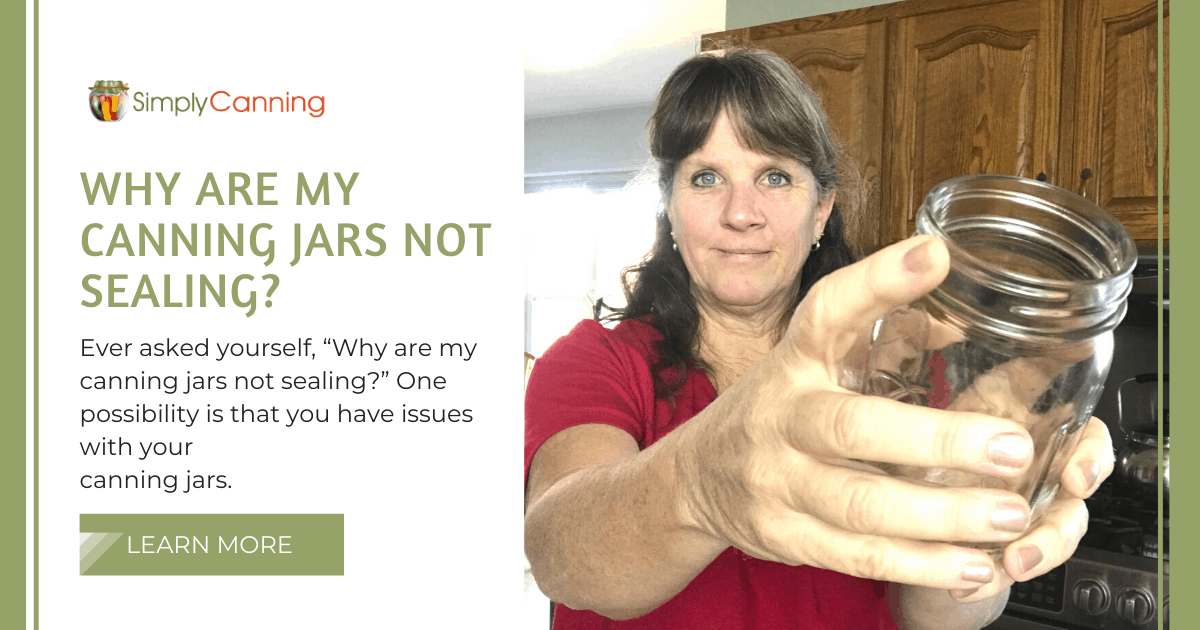
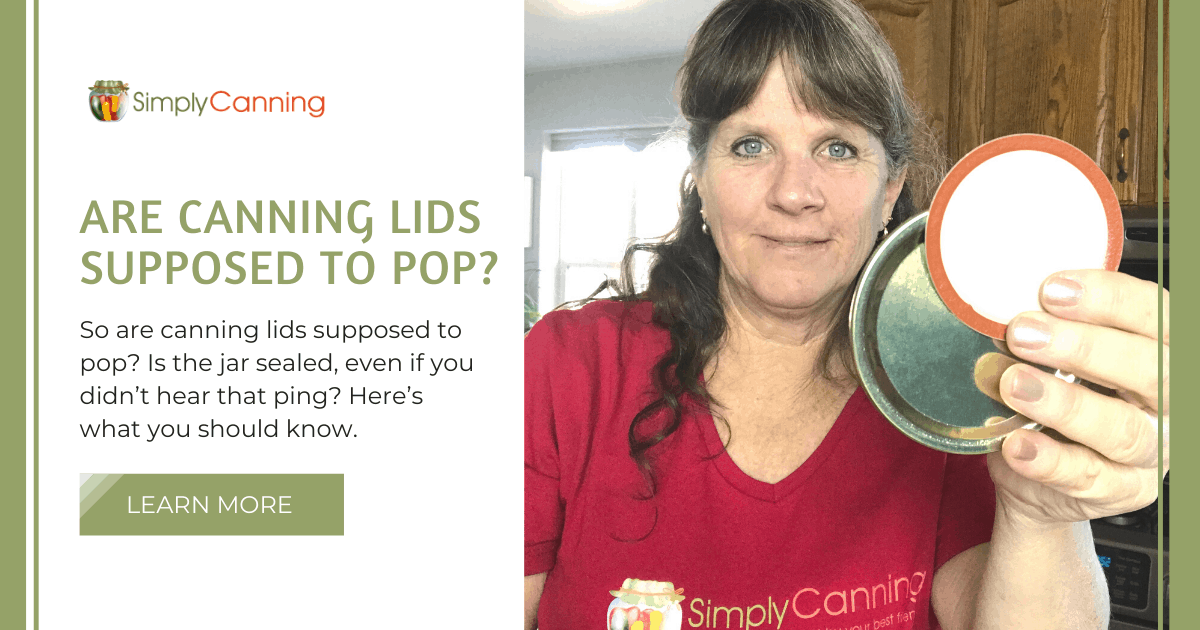
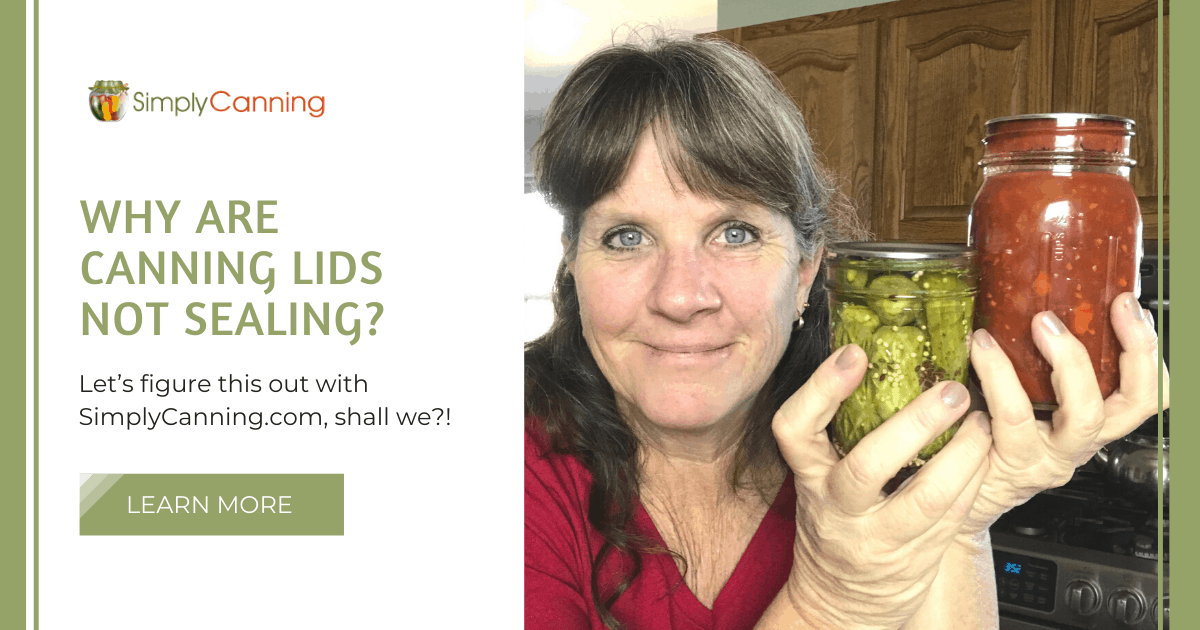
More Articles on Using Home-canning jars
Traditionally, canning jars have been boiled and “sterilized” before filling and processing. Many ask if sterilizing jars is necessary, if they’re boiled anyway. SimplyCanning.com answers this question!
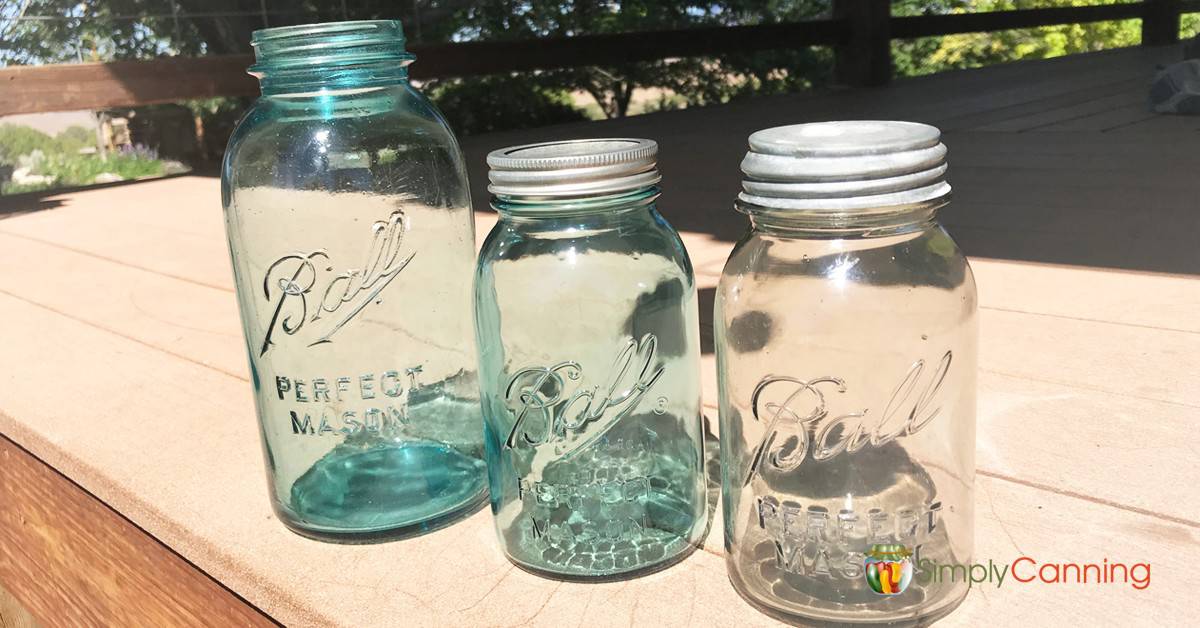
Antique canning jars… Do you love anything vintage or antique, especially kitchen items? Sometimes vintage jars are still put to good use.
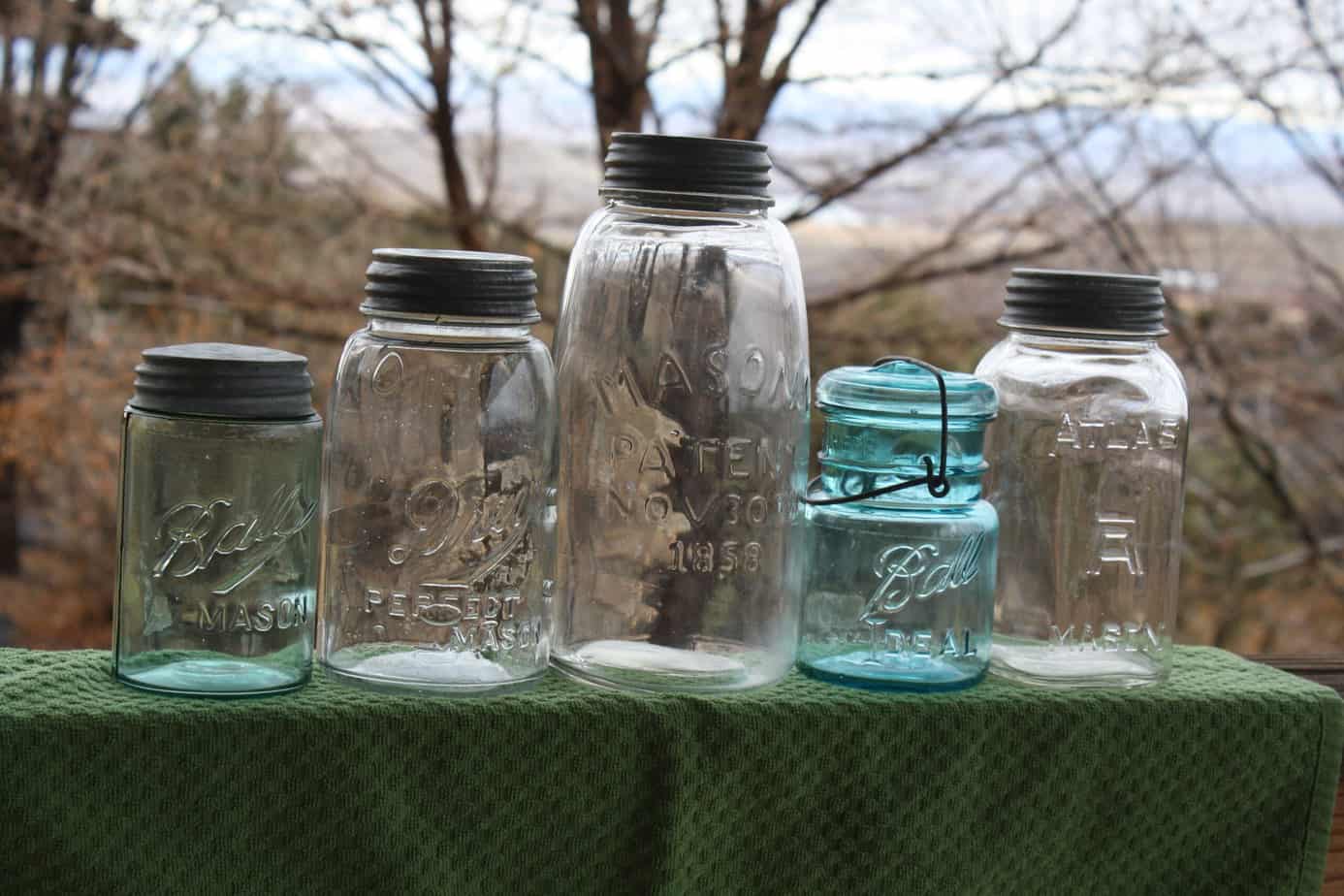
A review of the new vintage-look Ball canning jars. They are actually very realistic!
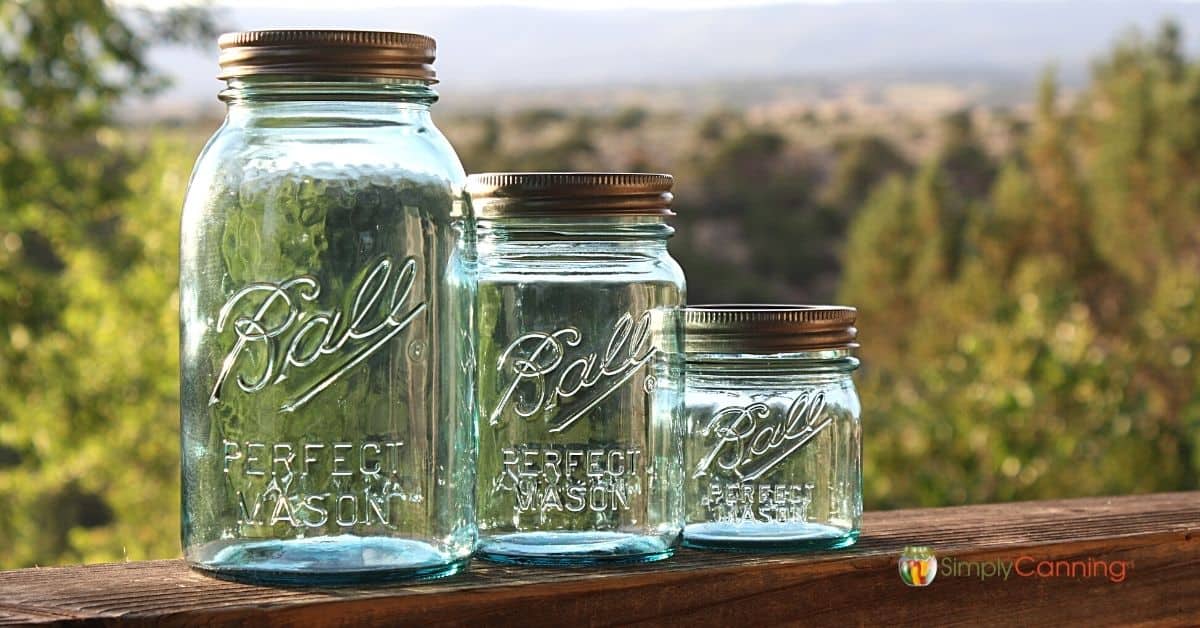
Home canning jars take up a lot of room. Whether filled with food or not, you’ll need a place to keep them clean and safe. Get creative and find storage that isn’t in the way.
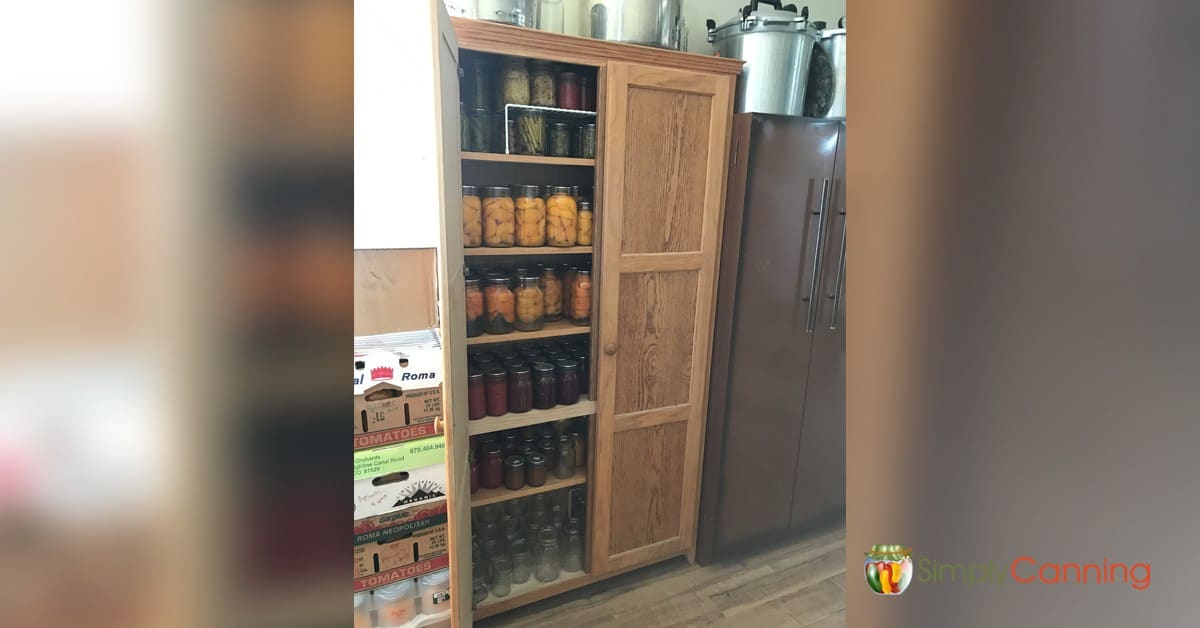
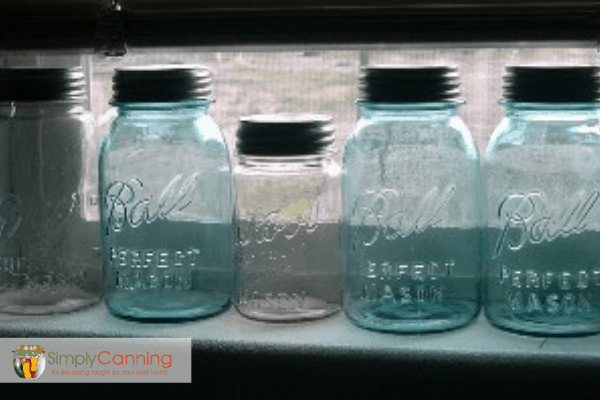
How to keep canning jars hot?
Put the jars in the canner that is heating up. The hot canner heats the jars at the same time. Take them out, fill them, and put them back.
If you are using a water bath put the rack up on the side of the canner and keep the jars above the hot steamy water. With a pressure canner I place my jars upside down in the water.
If you have a set of jars waiting for a second batch, just put them in your canner when you’ve got the first batch out. It won’t take long for them to heat up.
You can also use a dishwasher, just run the rinse cycle for a few minutes before packing the jars. Keep the door closed to keep the steam and take out the jars when you need them.
Place them in a sink of hot water. Of course, the water may cool off. Just run fresh hot just before you fill them.
You could keep a few in a crockpot with hot water.
I’ve seen it recommended that you place your jars waiting in a warm oven. However I’ve checked into that and jar manufacturers don’t recommend any oven heat for their jars. I’ve been told that the jars may be compromised with a dry heat. I don’t recommend the warm oven to heat jars.
What is the difference between mason jars and canning jars?
“Mason jars” is a term often used interchangeably with “canning jars.” The name originates from John Landis Mason’s 1858 patent for a jar with a threaded neck and a two-piece metal lid, featuring a rubber gasket for improved sealing.
However, “canning jars” is a more general term encompassing all jars designed for home canning and food preservation, including those made by various manufacturers like Ball, Kerr, and Bernardin. While “Mason jars” still commonly refers to these types of jars, it has become a generic term for all canning jars over time.
Do jars have to be hot when you fill them?
Yes canning jars must be hot when you fill them with food. You do not want to put cold jars in a hot canner. You’ll end up breaking the canning jars.
What about using bottles or plastic containers for home canning?
This question came from Jerry. He said: “My neighbor is planning on canning tomato juice in 2l plastic pop bottles with screw top lids. He plans to seal the lids with clear tape or parafilm-type material wrapped around the screw-on cap. Will the hot tomato juice extract dangerous chemicals from the plastic? Is this a safe possibility?”
My answer? I would definitely NOT consider this to be safe. There are several problems I foresee:
1 – The pop bottles would not survive processing. It could be he is not planning on processing the bottles in a canner. He may be going to simply fill the bottles while the tomato sauce is hot. I have more information on this type of canning here. See Open Kettle Canning.
2 – Tape is not going to last, and I would not trust it to keep the container airtight.
3 – As far as the plastic safety, I don’t know what to think about that. I am not an expert on plastics and safety. If they are pop bottles, they are supposedly food safe, but if heated, that may change. I am also not sure it would keep chemicals from seeping through the bottle to the food.
I strongly recommend that your neighbor reconsider.
Simply Canning Newsletter – Free articles and directions for canning.
Pin This to Find Later!
